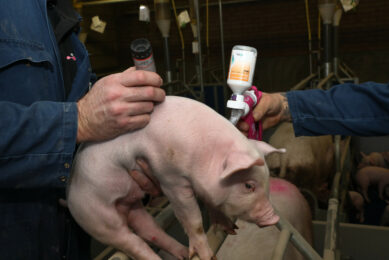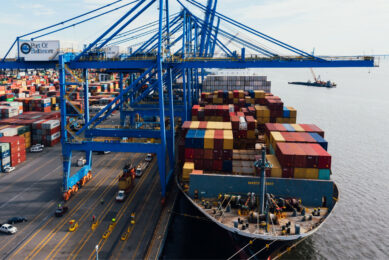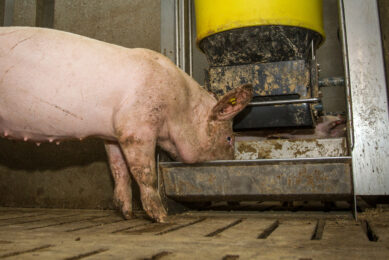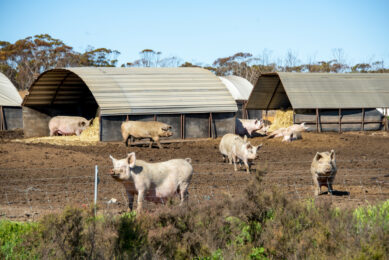Russian pig farmers urged to expand grain production
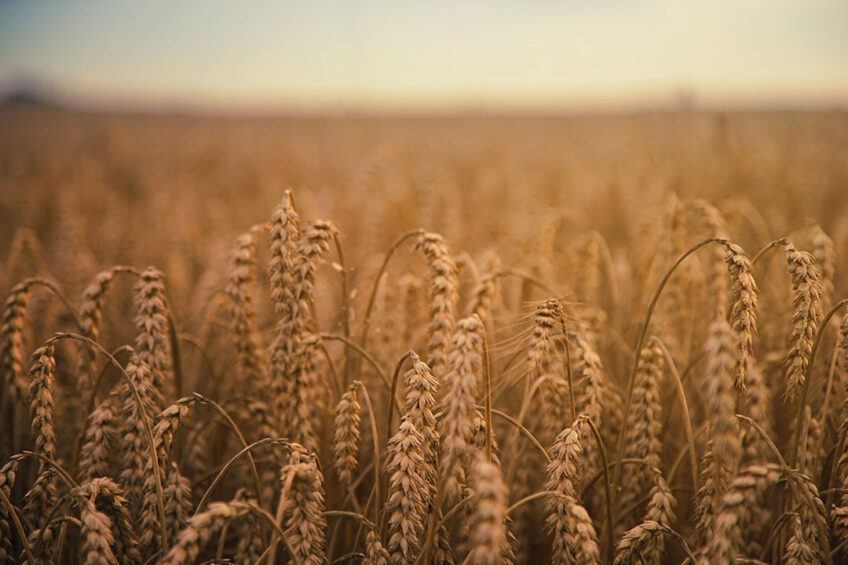
In the background of the looming oversupply crisis, Russian pig farmers need to meet at least 50% of their internal demand in grain in order to remain profitable in 2025, a forecast by the Russian Union of pork producers (RUPP) suggested. In addition, pig farmers are advised to establish their own slaughterhouses and meat processing infrastructure to keep afloat.
Russian pork production is expected to grow from 5.28 million tonnes in live weight in 2022 to 6.03 million tonnes in 2025. RUPP anticipates the output to stop growing after 2025 since all new pig farms commissioned with subsidised loans in 2018 should be launched by that time.
Russian agricultural giant RusAgro forecasts pork production in the country to grow for the next 1-2 years, not longer. The investments in new capacities have already ceased paying off, a spokesperson for the company told Russian newspaper Vedomosti.
Oversupply gets real
In 2023, the Russian pig industry could face its first oversupply crisis, Andrey Dalnov, head of the consulting firm AD Libitum told the publication. Currently, the profitability in the sector largely depends on the price dynamics in the grain market, where last year’s harvest appeared to be the record.
The Russian pig industry has voiced concern over an oversupply crisis for the past several years. It is believed that it was avoided last year thanks to a spike in domestic pork consumption. However, there is no confidence that this trend will continue this year.
Farmers become self-sufficient
It is estimated that 60% of the top 20 Russian pork producers already meet their internal demand in grain by at least 50%, according to Yury Kovalev, general director of RUPP. Still, for some companies meeting their own demand in feed grain might be a tricky task. For example, farmers cannot do that in some northern regions due to unfavourable weather conditions. Depending on climate and other factors, growing grain could be less profitable than buying it from other companies.
On the other hand, the top 20 largest Russian pig companies are expected to fully meet their need in slaughterhouses by 2025, Kovalev claimed.
At a crossroads
Pig farmers have 2 basic strategies in the face of uncertainty and price volatility for live pigs, and half carcasses, Dalnov said. If there is a confidence that production costs will be lower than that of competitors, they can try to focus on manufacturing the simplest products, thereby creating a financial cushion for a period with negative profitability. The second way is to diversify the product line and sales to the maximum possible extent, Dalnov added.



